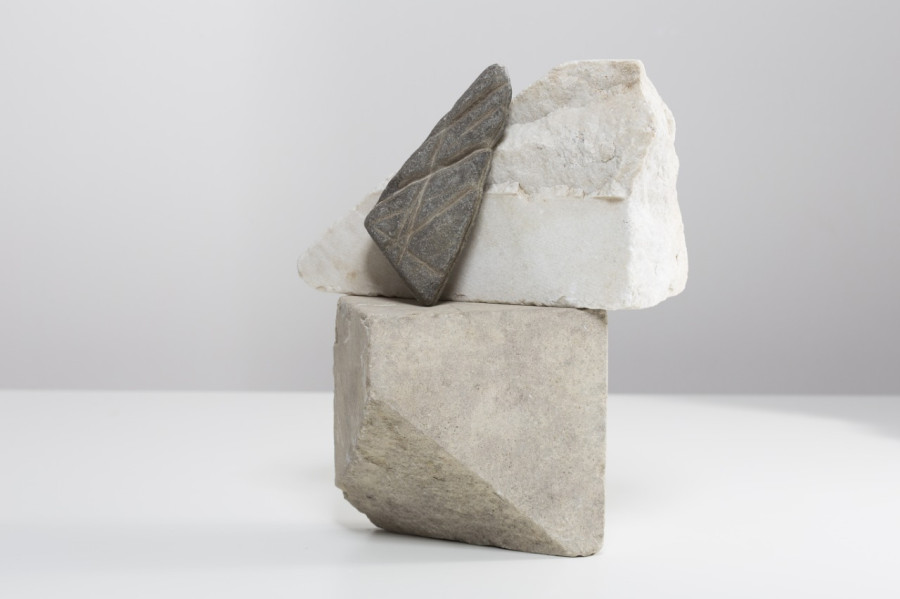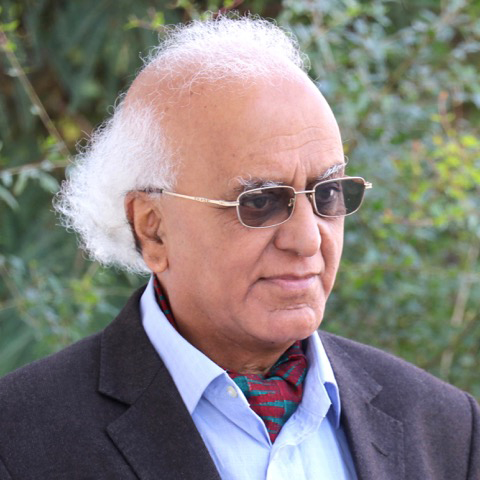Columns
Nepali sculpture and modernity debate
An important feature of modern Nepali sculpture is the creative activism of the artists.
Abhi Subedi
The term modernity is widely bandied about in Nepal. It is used to describe diverse fields of life in this country. Those of us who work in the field of arts, literature and theatre use modernism to claim that we have opened up new avenues in the field of experiments and ideas at the same time. That being the case we have begun to define the new forms, experiment and modus operandi of its dissemination as part of the modern consciousness. The favourite candidates for modernism in our areas of work are 'modern literature', 'modern paintings' and lately 'modern sculpture’.
Modern is a favourite term in the field of development and progress as well. Modernisation of the country, modernisation of the agricultural system, modernisations of technology are some of the other terminologies that we encounter very often. But in this short column piece I want to concentrate on the modern sculpture which has come fairly recently in the Nepali parlance of art.
In one colloquium I was asked to explain the difference between modernism in art and modernism in politics, and the relation between the two if there are any. I was struck by the following questions appended to this brief discourse. The questions were: As communism has become a major subject in political parlance in Nepal, do you think it has the propensity to enter any modernist phase? Can we say Nepal's variety is a modern communism? Can communism become modern? Or is modernism a bourgeois term that does not go hand in glove with communism?
It was beyond my ability and expertise to answer all these questions. But one thing I could certainly say is that communism and modernism are not easy bedfellows. But we in literature and the arts are flexible about the term modernism. Though the term evokes many political debates, we use it to cover new techniques and experiments. But very importantly, we use modernism in literature and the arts to characterise a mode of consciousness that involves an individual and his or her position in that system. Modernism is not only a technique, it is a state of individual consciousness and the methods of showing that in one's field of art.
The latest candidate in the Nepali experiments with modernism is seen in the field of sculpture. Though I have always been a great lover of the tangible sculptural art involving stone, metal or cast as the medium, I have not written much about this great genre. My first major participation in an extensive sculptural activity happened in an inner hillock of Makawanpur called Harnamari on November 25, 2012. My encounter with the modern sculptor Om Khatri changed my perception. This young and talented sculptor exposed me to the modern sculptural works and the works of the sculptors of the younger generation. The sheer experiments and the sudden surge of interest in this medium of art was quite a phenomenon; that fascinated me.
I observed the workshop, and talked to the sculptors from home and abroad who were sculpting away their art works on stones collected from different quarries. A great lover of Nepali traditional sculpture and a reader about them, I have always believed that sculpture is the soul of Nepali art. Though stone sculptures are my favourite form, and I have always been awed by the metal sculptural works of this valley, I have not written much about this form of art.
But the short history of modern Nepali sculpture is a fascinating subject in its own right. The pioneer of modern sculpture Thakur Mainali and his contemporary (though a little junior to him) Pramila Giri are mentioned by art critics. These two sculptors are commonly known as the makers of the two sculptural works placed in two very public places. Mainali's 35-foot-tall 'first modern sculptural work' made of cement and concrete created in 1966 stands on the turf of Bhrikutimandap in Kathmandu. And Pramila Giri's minuscule statue of a Yeti stewarding the travellers of Nepal Airlines is stalled on its ground.
One morning, a well-known sculptor and academic named Laya Mainali came to give me his book written about his father, the pioneering Thakur Mainali, entitled Thakur Prasad Mainali and his eco-friendly sculptures (2004). Mainali, who studied under the apprenticeship of a famous sculptor Sankho Chaudhari from a university in Baroda, did embark upon making outdoor sculptural works of various sizes and heights as soon as he returned to Nepal after finishing his studies. Laya Mainali in his book lists 29 major sculptural works of Thakur Mainali with appropriate descriptions and review of each. Mainali must have made other sculptures over this period since then.
The other important feature of modern sculpture is the creative activism of the artists of the young generation. Two features of their work should be mentioned. First, they are bold about sculpting and moulding their themes on stone. Second, they are experimental and can work on the nuances of sculptural art. They treat their subject with confidence.
What is also true, however, is that all of them are not successful in their efforts. But the overall feature of modern sculptures is that the artists are intensely engaged in sculpting their themes. Doing work in the open and leaving them in nature is another important dynamic of their work. I was invited to visit the ongoing works of sculptors in the forest side open field of Taltalaiya, near Itahari as in Harnamari earlier. It was an amazing sight to see sculptors from Nepal and abroad working together. They have published a catalogue in which I have written a review of the works. I want to cite my own words from that: ‘To become modern is certainly to break the form but not without knowing where you are differing. That requires careful not casual work.’ I have written the following about the Harnamari open ground sculptural works, ‘Quite a number of these sculptural pieces have addressed the question raised in modern sculptural art, which is the biophysical phenomenon, the dynamics, and the propensity for movement in sculpture.’ (Sirjana 3:34).
We should not celebrate mere departure from the great Nepali sculptural tradition as modern. Instead, it is the spirit of sculpting the very power of that tradition in newer experimental styles.




 18.12°C Kathmandu
18.12°C Kathmandu















